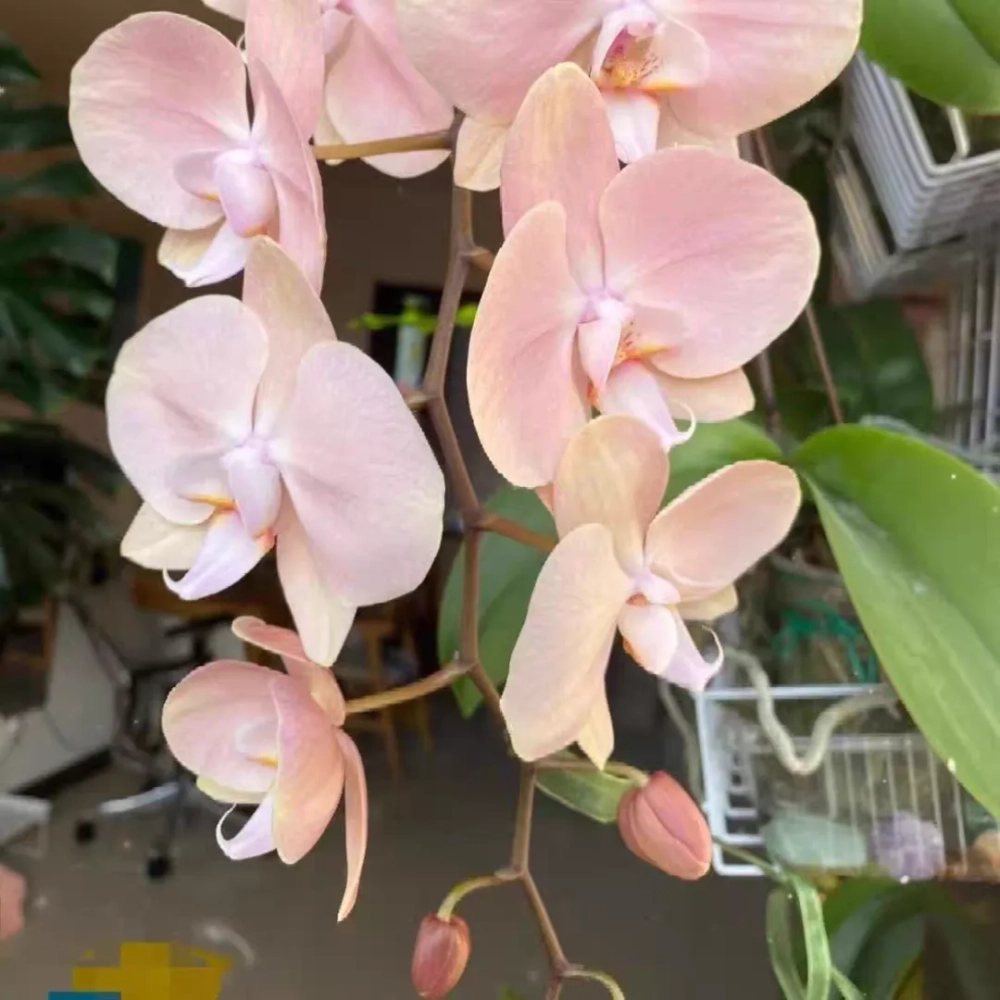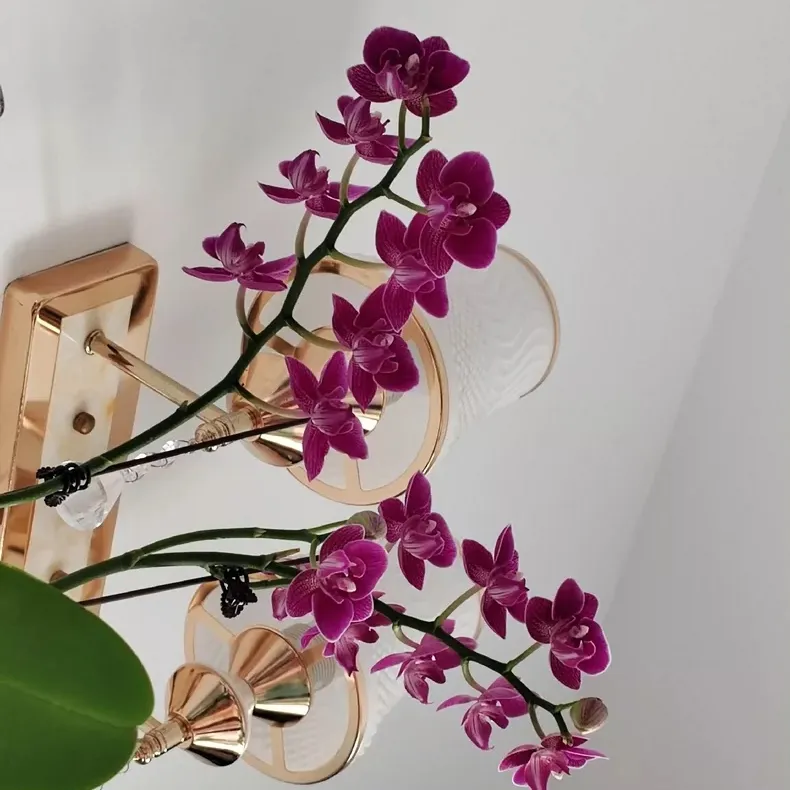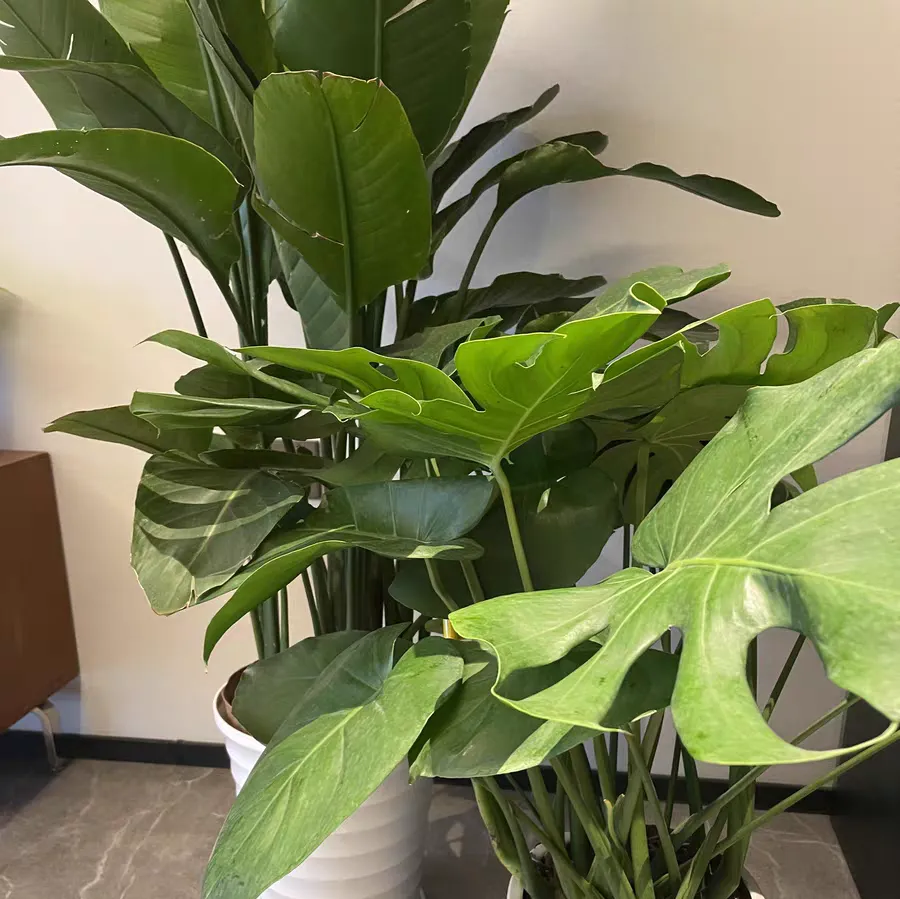The stem rot of Phalaenopsis orchids is a common and fatal disease, which is mostly caused by excessive watering and poor ventilation. If not rescued in time, the plant will often wither within 1-2 weeks. Here is an effective rescue procedure for the stem rot of Phalaenopsis orchids.
I. Treatment
1. Excision
Use a disinfected tool to cut upward from the base of the diseased stem until the cut surface shows white healthy tissue. If the roots have already rotted, all of them need to be cut off, and only the aerial roots that have not changed color should be retained.
2. Disinfection
Soaking method: Put the roots into a carbendazim solution diluted 500 times and soak for 20 minutes to kill deep-seated pathogens.
Spraying method: Evenly spray the wound and the remaining roots with 3% hydrogen peroxide solution for oxidation and disinfection and to promote healing. It is normal for white foam to be generated.
3. Air-drying the Roots
Place the treated plant in a cool and well-ventilated place, avoiding direct sunlight. Hang it in the air or spread it flat on dry paper towels. In summer, it takes 1-2 days, and in winter, it takes 2-3 days until the wound is completely dry and scabbed.
II. Repotting and Substrate Selection
Substrate requirements: Select a mixed substrate of sphagnum moss and bark. The sphagnum moss needs to be soaked in a carbendazim solution for 30 minutes in advance and then drained. The substrate should be loose, breathable, and not waterlogged.
Potting skills: Lay a layer of ceramsite at the bottom of the pot to enhance drainage. Put the plant into the pot and gently wrap the roots with the substrate, avoiding pressing too tightly. Expose 1-2 centimeters of the base of the stem to prevent secondary rot caused by burying it in the soil.
III. Key Points of Post-operative Maintenance
Temperature: Keep it at 18-28°C, and avoid temperatures lower than 15°C or higher than 30°C, which will affect the healing.
Humidity: Control the air humidity at 60%-70%. It can be adjusted by a humidifier, but avoid spraying directly on the plant.
Light: Place it in a place with scattered light. The east-facing windowsill is the best. Ventilate twice a day.
Watering: Do not water within 3 days after potting. After the wound heals, replenish water by the pot-soaking method to keep the substrate slightly moist.
Fertilization: Do not fertilize within 1 month. After new roots grow out, spray with orchid liquid fertilizer.
IV. Precautions
1. Check the base of the stem and the roots every week. If new rotten spots are found, the process of excision → disinfection → air-drying the roots needs to be repeated.
2. If the plant continues to wilt and no new roots germinate, you can try to rescue it by hydroponics. Soak the base in clean water with a water level of 1/2 and change the water every 2 days to induce the growth of new roots.
3. The stem rot is highly infectious. Avoid contact with healthy plants during the treatment process. The discarded substrate needs to be disinfected at high temperature or discarded. If there is no improvement within 1 month, it is recommended to discard the diseased plant to prevent the infection of other plants.
What causes the stem rot of Phalaenopsis orchids?

Share with
Tagged in :



Leave a Reply